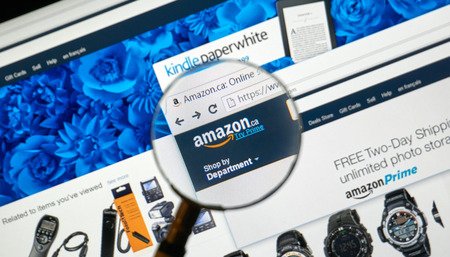What can Amazon.com's latest pricing move teach us about B2B pricing?
According to a recent article in the New York Times, Amazon seems to be eliminating list prices for many of their products and instead just displaying the offer price. Is there anything we should learn from this for B2B pricing?
Why have List Prices?
List prices (or Manufacturers Recommended Selling Price, MRSP) can have a significant utility in both B2C and B2B worlds:
- Signal the relative value of the product (note I say value, not cost! Cost-plus pricing should be a last resort)
- Provide a psychological anchor for the sale price. List prices help customers to form an understanding of what a price “should” be, and therefore help them to feel good about the purchase (I got it 20% off!)
- When selling through distribution, help distributors set end-customer prices
- Act as an (internal) reference to measure relative discounts across a product portfolio (e.g. for use in price scoring – more on this in a later blog)
What complications do List Prices bring?
It’s not all plain sailing, however. List prices can trip you up:
- A too-high list price could stop a customer before they engage, if they are not aware that discounts are possible. For example, when a product has an extreme variation in value depending on the use (e.g. chemical used for pharmaceutical and industrial use), you might find that a list price is misleading for some customer segments
- When selling through distribution in many countries, you can’t enforce list prices or maximum discounts (e.g. in the European Union)
- They can become meaningless for customer specific or highly configured products
- Prominently showing a list price can show the customer that the actual discount is quite small. This is particularly the case for less popular, expensive or less frequently purchased products, which are generally much less price sensitive (more on this another time).
So what is Amazon up to by reducing the display of List Prices?
I don’t know! But I would guess a few things:
- Amazon takes a “loss-leader” approach to pricing: very popular items are often discounted heavily, less popular items much less so. In this world, list prices only for the top selling items would make sense, as customers might expect other products to be similarly discounted
- They are getting away from the concept of always having the lowest price, and rather promoting the convenience value of a huge stock, fast and reliable delivery, etc. Some of us will order from them anyway, so long as the price feels reasonable.
- Perhaps legal complications: authorities can take a dim view of list prices that never result in a sale
Key take-aways for B2B pricing
- List prices are generally useful as a price anchor and to signaling the product value.
- List prices, even if not displayed prominently, help with standard discounting schemes when there are large numbers of products and to help measure price realization
- High net price dispersion can take away some of the utility of list prices
- Keep an eye on compliance issues
What is your take on de-emphasizing list prices?


